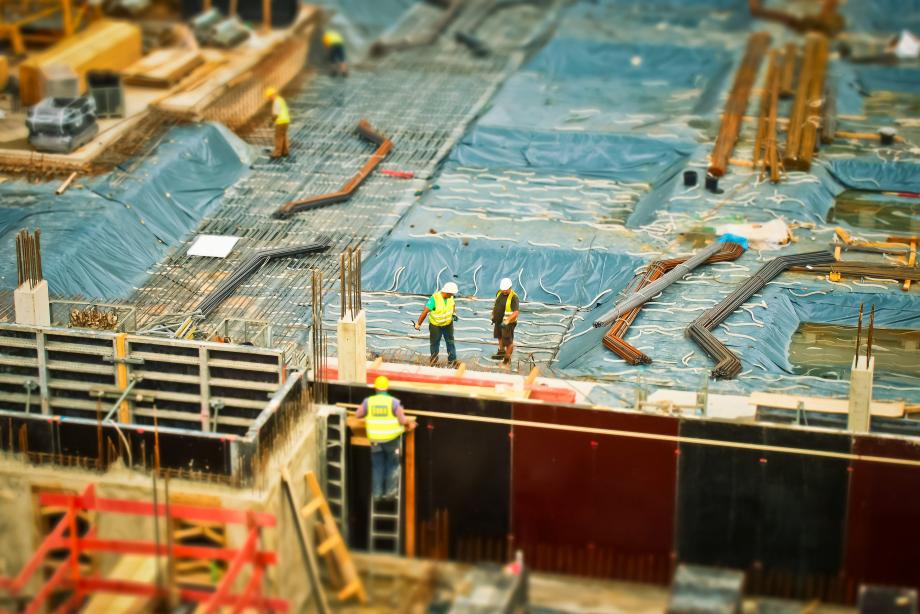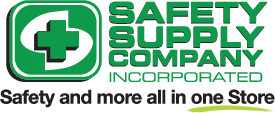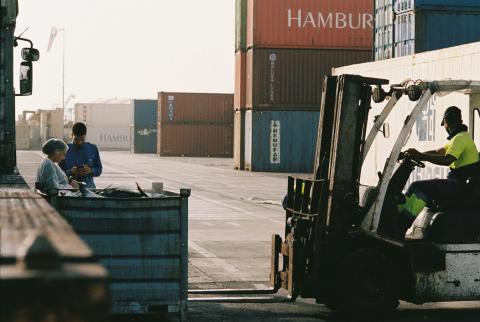Ensuring Safety First: A Comprehensive Guide to Construction Site Safety

Construction sites are dynamic environments where various activities take place simultaneously, creating an atmosphere of productivity. However, amidst the hustle and bustle, safety must always be the top priority. Construction site safety is not only a legal requirement but also a moral obligation to protect the well-being of all individuals involved. In this blog, we'll delve into the critical aspects of construction site safety, emphasizing the importance of proactive measures and a culture of vigilance.
- Risk Assessment and Hazard Identification:
The foundation of construction site safety lies in a thorough risk assessment. Before any work begins, it's crucial to identify potential hazards and assess the risks associated with each task. This includes evaluating the site's layout, materials, equipment, and the environment. Regular inspections and hazard identification reviews should be conducted to address emerging risks promptly.
- Proper Training and Qualifications:
Construction workers must be adequately trained and possess the necessary qualifications for their assigned tasks. This includes training on equipment operation, understanding safety protocols, and recognizing potential hazards. Regular refresher courses can help ensure that all workers are up-to-date with the latest safety practices and regulations.
- Personal Protective Equipment (PPE):
The use of appropriate PPE is non-negotiable on construction sites. Hard hats, safety goggles, gloves, steel-toed boots, and high-visibility clothing are just a few examples of essential protective gear. Providing and enforcing the use of PPE helps minimize the risk of injuries related to falling objects, electrical hazards, and other potential dangers. (Check out www.safetysupplyco.com or call us at 246.426.4935 to speak to a Sales Representative for help getting the appropriate PPE for your needs.)
- Fall Protection:
Falls are a leading cause of construction site injuries. Implementing fall protection measures, such as guardrails, safety nets, and personal fall arrest systems, is crucial for working at heights. Workers should also be trained on the correct use of fall protection equipment and regularly inspect their gear for any signs of wear or damage.
- Electrical Safety:
Construction sites often involve the extensive use of electrical equipment and wiring. Ensuring proper grounding and regularly inspecting electrical tools and cords are essential practices to prevent electrical accidents. Workers should also be educated on the potential hazards of working with electricity and how to respond in case of an emergency.
- Heavy Equipment Operation:
Construction sites are synonymous with heavy machinery, and proper operation is paramount. Equipment operators must be trained and certified, and all machinery should undergo regular maintenance checks. Establishing clear communication protocols between equipment operators and ground personnel further reduces the risk of accidents.
- Emergency Response Planning:
A well-defined emergency response plan is a cornerstone of construction site safety. This includes procedures for handling accidents, first aid protocols, and the availability of emergency exits. Regular drills and training sessions ensure that all workers are familiar with the emergency response plan, allowing for a swift and coordinated reaction in case of unforeseen events.
Construction site safety is a collective responsibility that requires commitment from everyone involved – from project managers and engineers to on-site workers. By prioritizing risk assessment, adequate training, and the implementation of safety measures, construction sites can create a secure environment conducive to productivity and well-being. Ultimately, a strong safety culture not only prevents accidents but also fosters a sense of responsibility and care that resonates throughout the construction industry.
Blog Articles
Check out more articles
PPE: The Unspoken Love Language
Wearing PPE: Protecting Your Present and Securing Your Future
View MoreTips to Improve Safety While Working With Heavy-Duty Mobile Equipment
Improving the safety of ground personnel working around mobile equipment, such as forklifts, excavators, etc., requires a combination of engineering controls, administrative measures, and behaviora
View MoreWhy You Should Service Your Safety Equipment
Safety equipment serves as the frontline defense against workplace hazards, ensuring the well-being of employees and minimizing risks.
View More



